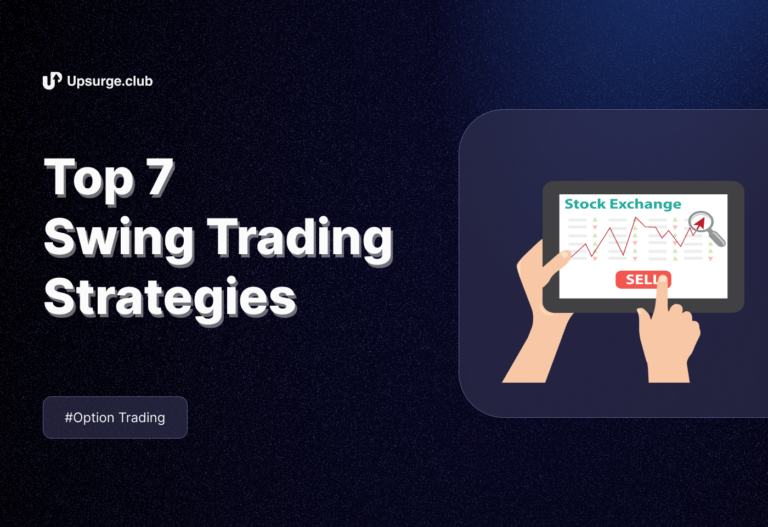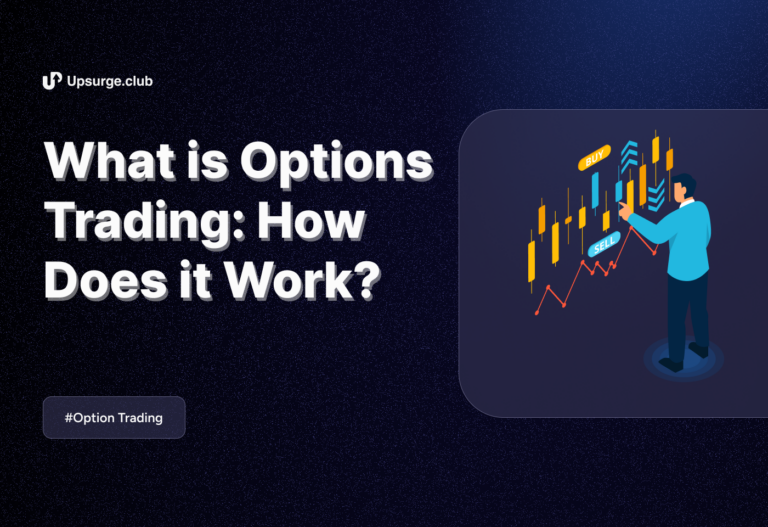Understanding open interest data is essential for anyone looking to make informed decisions in the financial markets. In this blog, we will walk you on how to read open interest data and interpreting it to enhance your trading strategies.
What is Open Interest?
Open interest refers to the total number of outstanding contracts for a particular derivative instrument, such as futures or options, at any given time. It represents the total number of contracts initiated and remain open or unsettled.
Interpreting Open Interest
Open interest provides valuable insights into market sentiment. It can be used to gauge the strength and sustainability of a trend. Here are some key points to consider when interpreting open interest:
1. Increasing Open Interest
When open interest increases, it suggests new money entering the market, indicating a growing interest in the underlying instrument. This often accompanies a prevailing trend and signals the potential continuation of the trend. For example, the open interest in a stock option is rising. In that case, it may indicate bullish sentiment and a higher probability of upward price movement.
2. Decreasing Open Interest
Conversely, a decrease in open interest can indicate a potential reversal or weakening of the current trend. It suggests that traders are closing their positions, reducing the overall open interest. This decline in open interest may signal a shift in market sentiment and a potential change in price direction.
3. High Open Interest at Support or Resistance Levels
When open interest is high at significant support or resistance levels, it can serve as an additional confirmation of the strength of those levels. Suppose a stock is approaching a major resistance level, and the open interest in call options is substantial. In that case, many traders are betting on a potential breakout above that level.
4. Divergence with Price
It’s essential to analyze the relationship between open interest and price movements. The divergence between open interest and price can indicate a potential reversal or change in market sentiment. For example, suppose prices are rising while open interest is declining. In that case, it may suggest that the current uptrend is losing momentum, and a reversal could be on the horizon.
5. Confirmation with Volume
While open interest provides insights into the number of contracts, it’s also crucial to consider trading volume. High open interest accompanied by high trading volume suggests active participation and conviction among market participants, reinforcing the significance of the observed trend.
By understanding and interpreting open interest data, traders can gain a deeper understanding of market dynamics and make more informed trading decisions. Incorporating open interest analysis into your trading strategy can provide valuable confirmation and enhance the overall effectiveness of your approach.
Limitations and Considerations
While open interest is a useful tool, it’s important to consider its limitations and use it in conjunction with other technical and fundamental analysis. Here are a few factors to keep in mind:
1. Delayed Data
Open interest data is typically reported with a delay, so it’s important to consider the timeframe you’re analyzing. The data you access may not reflect the most up-to-date market conditions.
2. Limited Scope
Open interest data provides insights into the options or futures market but may not encompass the entire market sentiment. Considering other indicators and factors that may impact price movements is crucial.
3. Institutional vs Retail Trading
Both institutional and retail traders can influence open interest. Understanding the dominant participants in a particular market can provide additional context for interpreting open interest data.
Conclusion
Reading open-interest data is a valuable skill that significantly enhances your trading decisions. By analyzing open interest trends, you can gain insights into market sentiment, identify potential trend continuations or reversals, and make more informed trading strategies.
If you’re interested in mastering the art of trading futures and options using open interest data, we highly recommend enrolling in Upsurge.club’s course on Trading Futures And Options Using Open Interest Data. This comprehensive course provides in-depth knowledge, practical techniques, and real-world examples to help you utilize the power of open interest in your trading endeavors. Don’t miss this opportunity to take your trading skills to the next level!
Remember, successful trading involves continuous learning and adapting to market conditions. By staying informed and honing your skills, you can confidently navigate the complexities of the financial markets and increase your chances of achieving consistent profitability.



